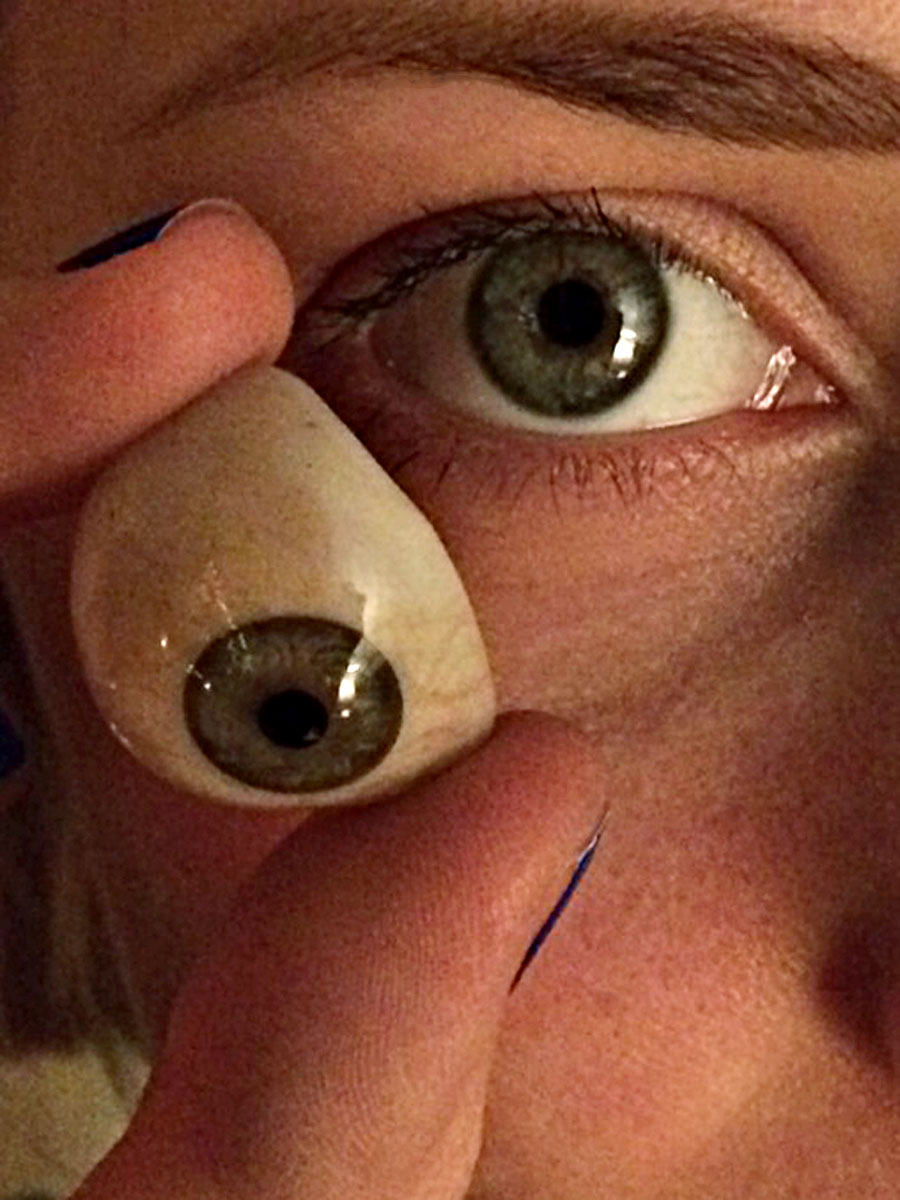
Alisa Baremboym - Why I Create
Exploring the inspirations and attitudes of artists working with clay and ceramic, featured in Vitamin C
Slippery elisions of material and metaphor, of organic process and technical procedure, run throughout Alisa Baremboym’s work. Her long-standing interest has been the body’s interaction with its environment. Early wall based works of digitally printed silk borrowed imagery from the food preparation industry, such as sausage casing, canned fish and the metal machinery of a meat plant. A sculpture series of suitcases packaged in shrink-wrap reflected on the seemingly interminable sequence of sealing and screening in contemporary air travel, while simultaneously recalling Baremboym’s childhood memories of emigrating from the Soviet Union in 1989. Baremboym moved further into sculpture when she began attending a ceramics class in 2010 to learn wheel throwing.
Initially, she experimented with glazing techniques, but over time came to favour the bisquefired clay colour of Leakage Industries and subsequent works. Not only does the clay, with its ruddy tone, resemble flesh, but it replicates many of flesh’s biological capacities. It is mutable, permeable, vulnerable to contamination and susceptible to heat.
Though they eschew figurative representation, Baremboym’s sculptures are vivid portraits of bodies that are enmeshed in circuits, awash in chemicals and, like the clay they are made from, subject to manipulation. Here, the Vitamin C: Clay and Ceramic in Contemporary Art featured artist tells us why she works in the medium, what particular challenges it holds for her and who she thinks always gets it right.
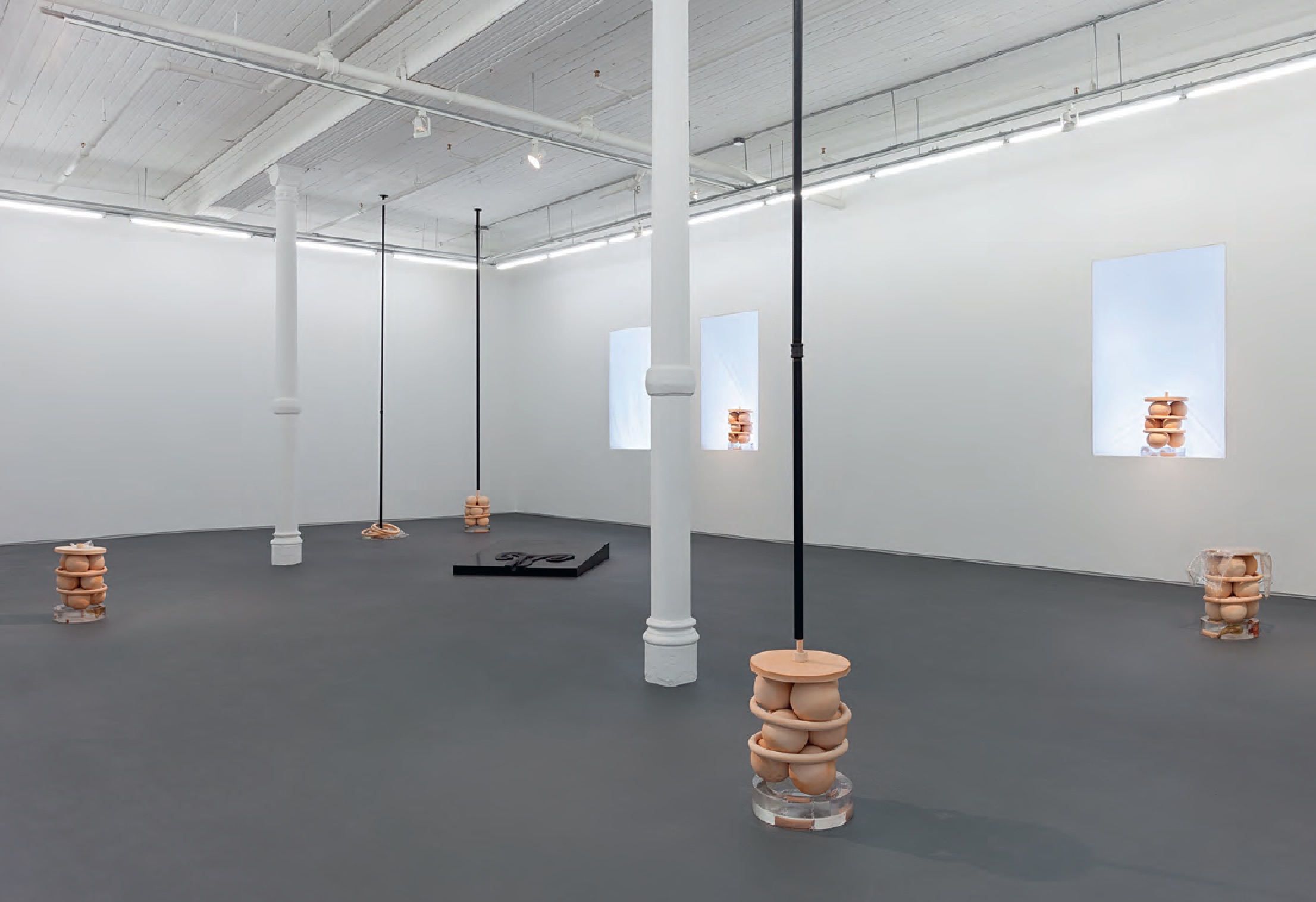
Who are you and what’s your relationship to clay and ceramics? I first relate to it as a basic resource for creating something. It is also technology that has existed for thousands of years, and continually finds future new uses; like biocompatible ceramic used for bone reconstruction, tissue engineering and gene therapy.
Why do you think there’s an increased interest around clay and ceramics right now? I think people have more access to information about materials than ever, and most people are interested in the medium of ceramic to make quotidian individualized objects stemming from a DIY trend of the past decade or so.
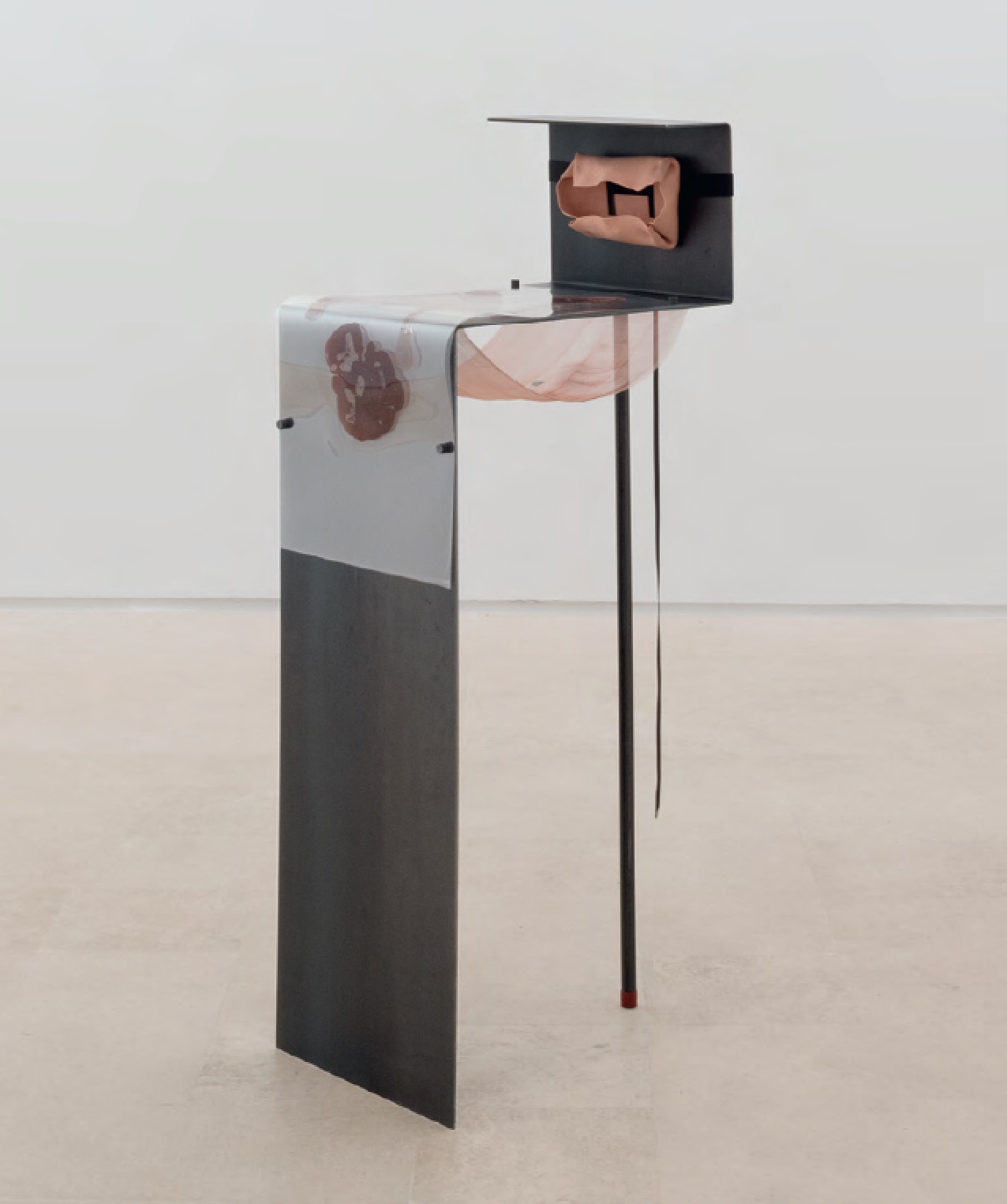
Ceramics is sometimes regarded as decorative, rather than fine art. Does the distinction bother or annoy you? It comes from ceramic’s historical usefulness. Early humans made ceramic vessels out of a necessity to hold sustenance and water. We’re a long way from that today, and I see ceramic as another potential material option with its own unique properties.
Whose work in this field do you admire? Anthony Caro made a series of 'Book' table sculptures out of stoneware/porcelain and steel. Having used steel in my work as well, I’m fascinated by how he meshed the stoneware and steel together without the heat affecting the sculptural integrity of each material in a visually separate way. They look like concise, fully hybridized objects. 'Small Standard Book' and 'Little Black Book' are good examples of this.
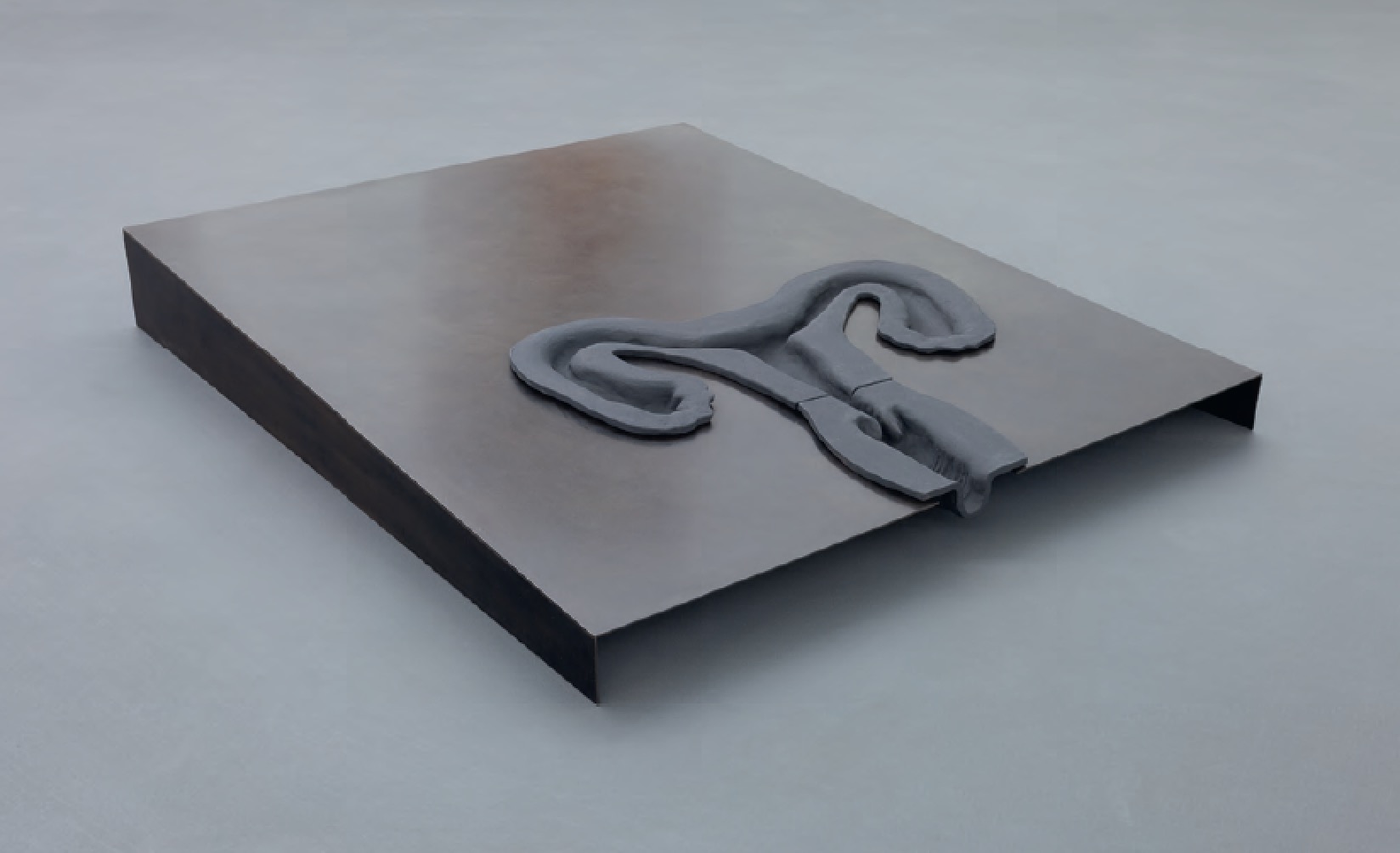
What are the hardest things for you to get ‘right’ and what are your unique challenges? The most challenging thing about making work is to have it be both familiar and mysterious at the same time. For a work to 'work' it must have a continuous unfolding of meaning, for the viewer to be able to engage with it multiple times and notice different things each time.
What part does the vulnerability of the material play? Ceramic is a shape-shifting medium. It can convey both weight, and lightness; its vulnerability exists while it is being formed. The material gets formed further through the inherent alchemical process, the transformation of vulnerable matter into resistant matter, using heat. The inbetween state is where anything could go wrong, so it's most vulnerable during that stage. The attraction is in the transformation, and in how its final state is presented.
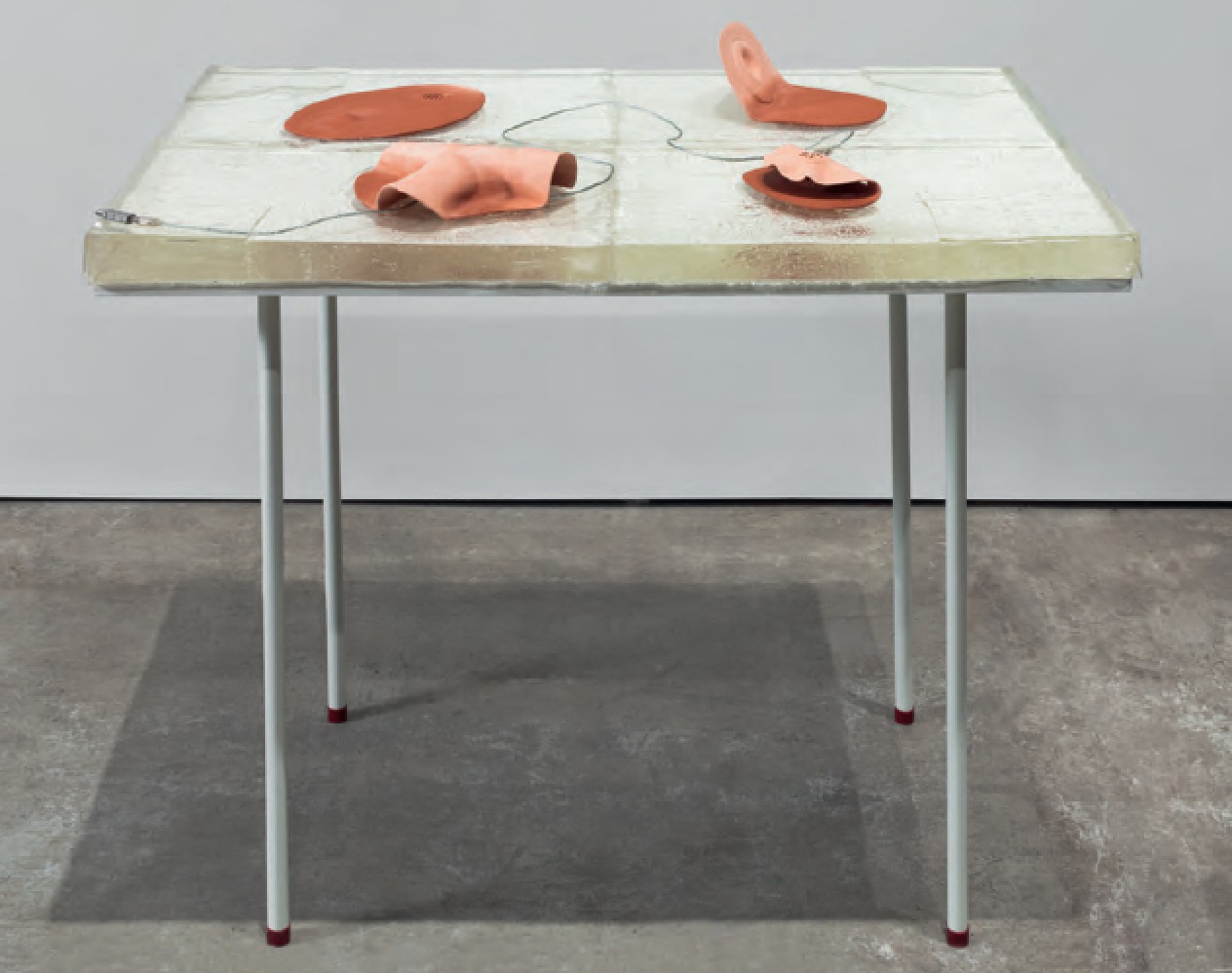
Is how you display a piece an important element of the work itself? Do you ever suggest how a piece might be displayed? The works are self-contained systems; they are typically shown how they would be displayed.
What’s next for you, and what’s next for ceramics? I am currently working with ceramics along with other materials to combine the properties integral to each material and experiment with their various interactions. I've been recently fascinated with mealworms being naturally inclined to eat styrofoam, for instance.
In addition to the finished work’s topical meanings, these material explorations can serve as metaphor in exploring how we are functioning within the emergent natural and man made conditions of the landscapes and cities we live in. I hope for more developments in ceramics in various fields of production around the world. It's also easy to see a lot more mechanization coming into the future of all ceramic fields.
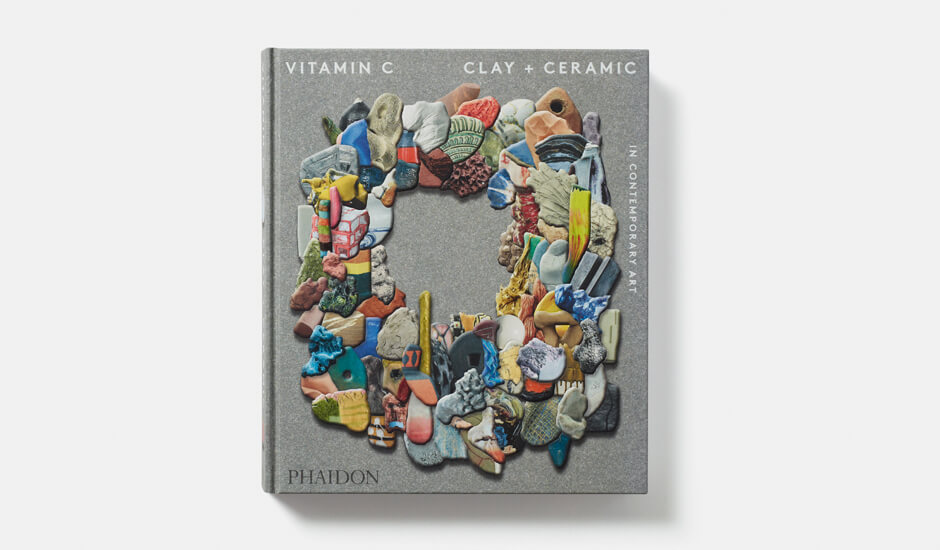
Clay and ceramics have in recent years been elevated from craft to high art material, with the resulting artworks being coveted by collectors and exhibited in museums around the world. Vitamin C: Clay and Ceramic in Contemporary Art celebrates the revival of clay as a material for contemporary artists, featuring a wide range of global talent selected by the world's leading curators, critics, and art professionals. Packed with illustrations, it's a vibrant and incredibly timely survey - the first of its kind. Buy Vitamin C here. And if you're quick, you can snap up work by many of the artists in it at Artspace here.